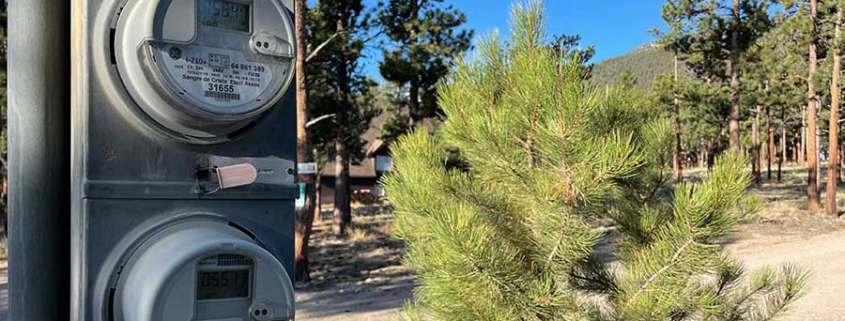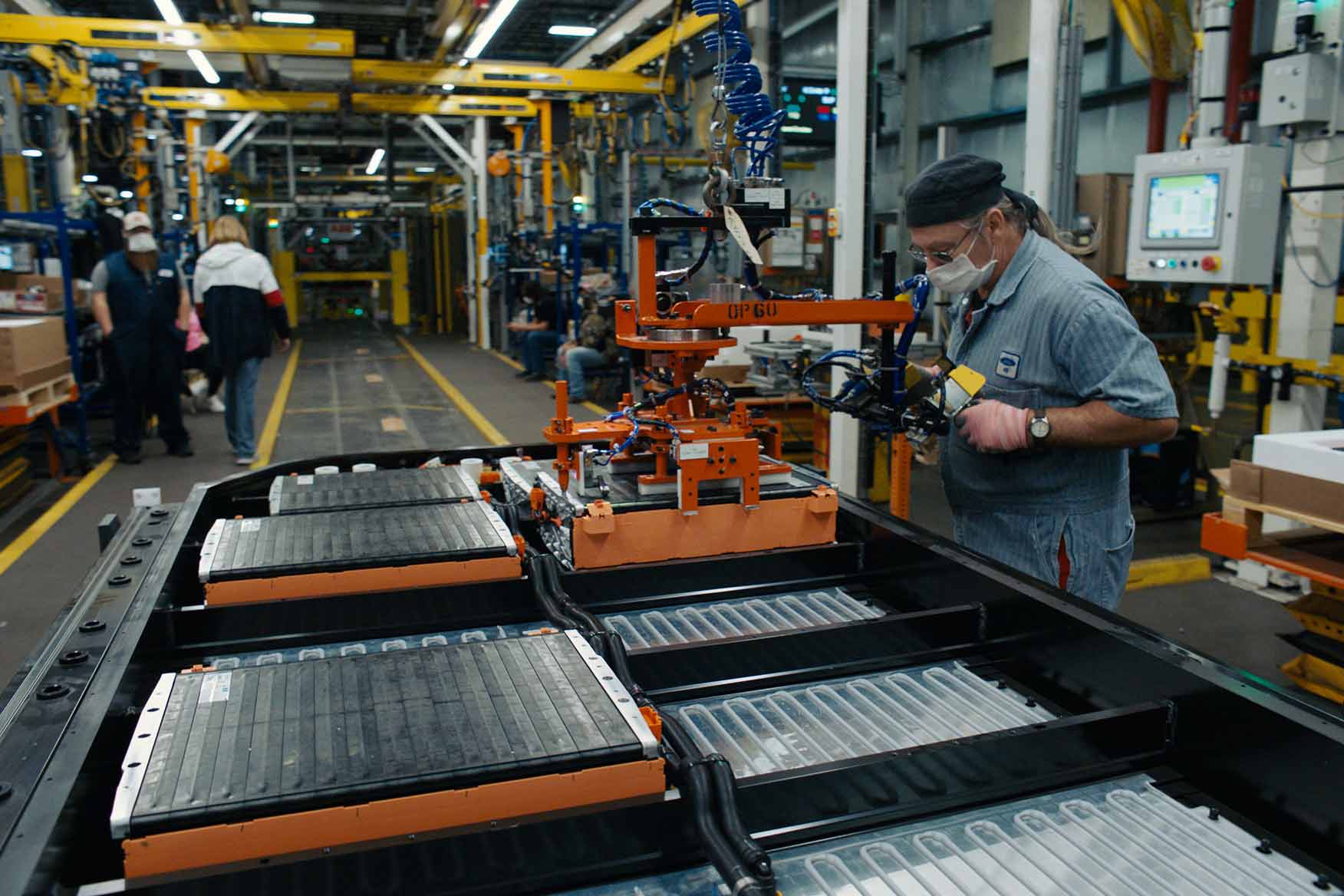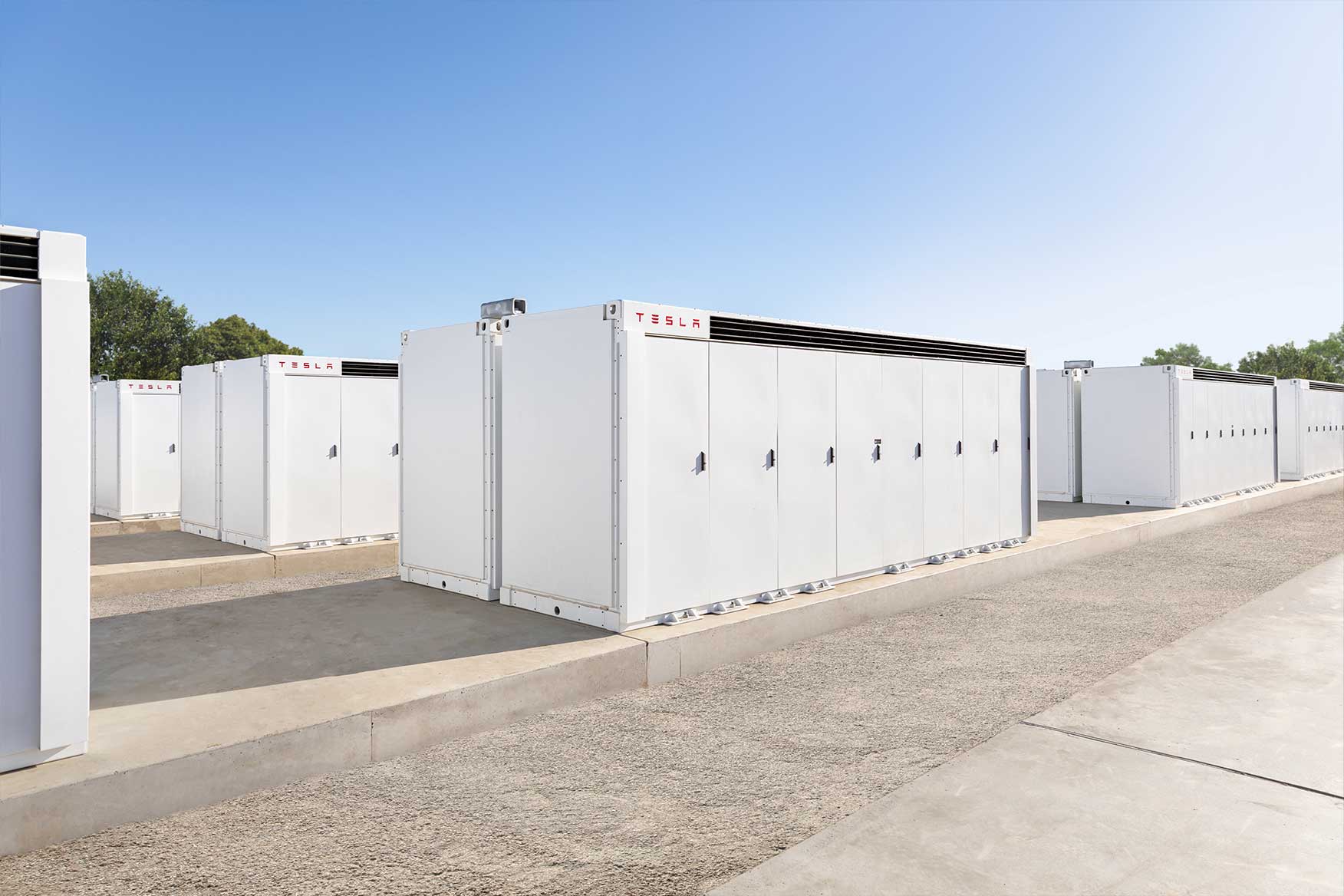From turtles to AMI, electric co-ops lead the way
By Paul Wesslund and Amy Higgins
An amazing gizmo hiding in plain sight just outside your home is innovating your electric service with quicker responses to power outages and more effective use of renewable energy sources. It’s your electric meter, your digitally advanced meter.
Advanced meters make up more than half the electric meters in the country, and electric cooperatives are leading the way. A total of 73% of co-op consumer-members nationwide are using advanced meters compared to only 58% of utility customers in general. In Colorado, 100% of the state’s 22 electric distribution co-ops utilize advanced meters and have for years.
Southeast Colorado Power Association, headquartered in La Junta, has been using automated meter reading for roughly 20 years. Those first meters seem somewhat archaic when you compare them to today’s meters. Nicknamed “turtles” for their super- slow readings — 27 hours, according to SECPA CEO Kevin Brandon — turtles were still a step up for electric co-ops at the time because they limited the number of trips needed to physically obtain readings.
“When Empire Electric Association switched to AMI [advanced metering infrastructure] meters in 2018, I was surprised at the number of calls we received concerning what will happen to our meter readers,” says EEA Member Engagement Manager Andy Carter. “EEA [based in Cortez] had been using an automated meter-reading system since the late 1990s, the last time we employed people to walk/drive around and read meters by looking at the dials.”
Two features make advanced meters different. One is the ability to monitor energy use with the kind of detail that can give both the co-op and its members information to make more efficient use of electricity. The other is the ability to instantly send information back to the co-op either through low-power radio signals or through power lines.
Those two capabilities have created entirely new ways to improve your electric service:
• Outages can be detected and repaired faster. Advanced meters can let the co-op know of an interruption, pinpointing the location, without waiting for someone to report it. This is especially beneficial to electric cooperatives based in rural areas with larger swaths of land and hard-to-reach meters. “SECPA’s system collects 15-minute interval data on all meters, and you can do on-demand reads for things like kWh (kilowatt-hours), voltage, current, power factor, and other values, and have those reads within just a few seconds,” Brandon explains. “This system also allows us to remotely connect and disconnect meters, which saves on truck rolls. The meters also automatically send in many types of alarm conditions like power fail, brown out, meter tamper and over current.”
• Electricity can be used more efficiently. Advanced meters can report unusual energy use, showing appliances that might be faulty or could be replaced with a more efficient version. SmartHub has become a popular application for many electric cooperatives as it is a win-win for both the consumer and the co-op. Consumers can see their usage data, which gives them insight into information such as spike periods, so they can adjust how and when they use energy to save money.
• Alternative energy can be better integrated into the electric grid. Advanced meters can help cure one of the headaches of renewable energy when solar energy disappears at night or wind power stops in calm weather. Data from advanced meters can be instantly analyzed by computers and coordinated with power plants, rooftop solar panels and wind turbines.
• Advanced meters can save consumers money on their electric bill. Several electric cooperatives are implementing time-of-use rates, which charges for electric use based on off-peak (when electricity costs less) and on-peak hours (when electricity costs more). AMI provides detailed data so consumers can track their energy usage. “If they dig down into the hourly data, they can get a good idea of when they are using the most energy,” Carter says. “Depending on what was being used, they may be able to shift that energy use from on-peak to off-peak time and save money.”
• Consumers can get the most out of their rooftop solar. AMI shares with the consumer and the cooperative measurements such as net energy used, energy delivered to the consumer and the energy put back on the grid. “This gives the consumer a better understanding of how they use their appliances relative to their rooftop solar system’s generation,” explains Sarah McMahon, chief administrative officer with SDCEA, a Buena Vista-based electric co-op. “If the consumer is on a time-of-day rate, this capability informs the consumer on changes to their use behavior that may result in significant savings on their bill.”
• Co-op members can be involved in a more decentralized electricity system. Rooftop solar panels and electric vehicles make complicated additions to a utility network, but those can be turned into benefits by analyzing the data provided by advanced meters. For example, as EVs become more popular, electric co-ops are exploring special rates to encourage charging at times when energy use is lower.
• Co-op operations can be streamlined. Faulty equipment can be detected before it fails.
Some individual consumer-members have opted out of using these technology-based advanced meters. Concerns include health effects of their radio signals and privacy. The health concerns have been addressed by the American Cancer Society.
“The ACS suggests that because the amount of radio frequency exposure from advanced meters is much less than those from everyday devices, it is very unlikely that they could pose greater health risks,” says Tolu Omotoso, director of energy solutions for the National Rural Electric Cooperative Association.
Omotoso cites studies that show the strength of advanced meter transmissions is far below those from a cellphone. They’re even less than a TV’s remote control. Advanced meter signals also weaken with distances of even 1 foot. Omotoso says advanced meters aren’t even on all the time: “They transmit data back to the co-op only a couple times in a day, and each transmission takes milliseconds.”
Other concerns include privacy. However, electric co-ops have a long tradition of protecting the data of their members, Omotoso says.
“Load is load and we do not have the ability to differentiate,” Carter adds. “It can’t hear what you say, it doesn’t have a camera — it’s just a kWh meter that can send data and receive commands to turn itself on and off.”
Electric co-ops adopted digital meters to avoid traveling long distances through rural areas just to read an electric meter, Omotoso says. Co-ops kept up that progress, adding other devices to create a new concept of the electric utility grid from a one-way delivery of electricity to an interactive network of power and data between the co-op and its members.
“In the utility industry of the future, you’re looking at decentralized energy use and generation, digitization and decarbonization of the grid,” Omotoso says. “Advanced meters will help utilities and energy consumers transition into this new future.”
Paul Wesslund writes on consumer and cooperative affairs for the National Rural Electric Cooperative Association. Amy Higgins is a freelance writer for Colorado Country Life and CREA.















